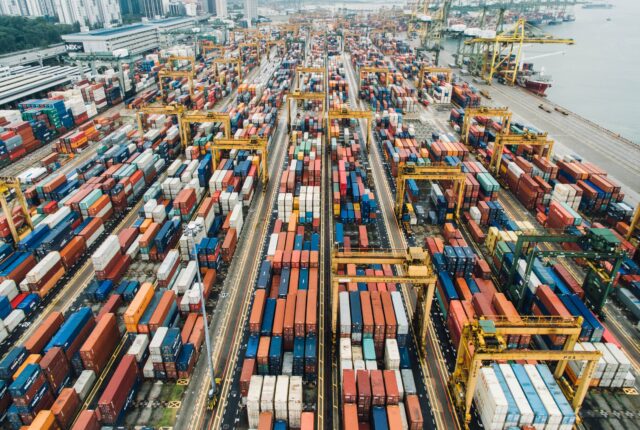
The Basics of Supply Chain Optimization
In today’s fast-paced business world, optimizing the supply chain is critical to a company’s success. A supply chain refers to the network of suppliers, manufacturers, distributors, retailers, and customers involved in the production and delivery of a product. The optimization of this network involves streamlining and improving every stage of the supply chain, from sourcing raw materials to delivering finished products to customers.
There are several ways to optimize a supply chain, but the most important one is to have a clear understanding of the entire process. This involves mapping out each stage of the supply chain, identifying the key players, and analyzing the flow of materials and information. This information can then be used to identify bottlenecks, inefficiencies, and areas for improvement.
Another critical aspect of supply chain optimization is data management. In order to optimize a supply chain, it is essential to collect and analyze data on key performance indicators (KPIs) such as lead times, cycle times, inventory levels, and delivery times. By collecting and analyzing this data, companies can identify trends, make informed decisions, and implement improvements that will drive efficiency and reduce costs.
One way to optimize the supply chain is through the use of technology. There are many software solutions available that can help automate processes, track inventory, and analyze data. For example, warehouse management systems can help manage inventory levels and reduce stockouts, while transportation management systems can optimize delivery routes and reduce shipping costs.
Another way to optimize the supply chain is through collaboration. By working closely with suppliers and customers, companies can improve communication, reduce lead times, and streamline processes. Collaborative planning, forecasting, and replenishment (CPFR) is a strategy that involves sharing data and information between suppliers and customers in order to better coordinate production and delivery schedules.
In conclusion, optimizing the supply chain is critical for companies looking to improve efficiency, reduce costs, and increase customer satisfaction. By understanding the entire supply chain process, managing data effectively, using technology to automate processes, and collaborating with key stakeholders, companies can achieve significant improvements in their supply chain operations. With the right approach and tools, supply chain optimization can be a powerful driver of business success.






